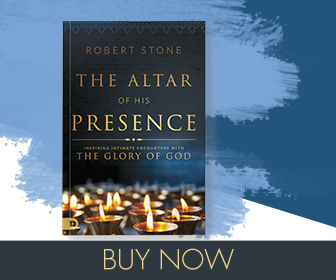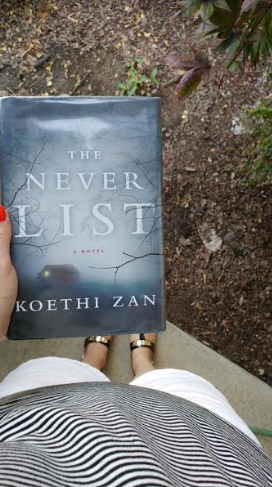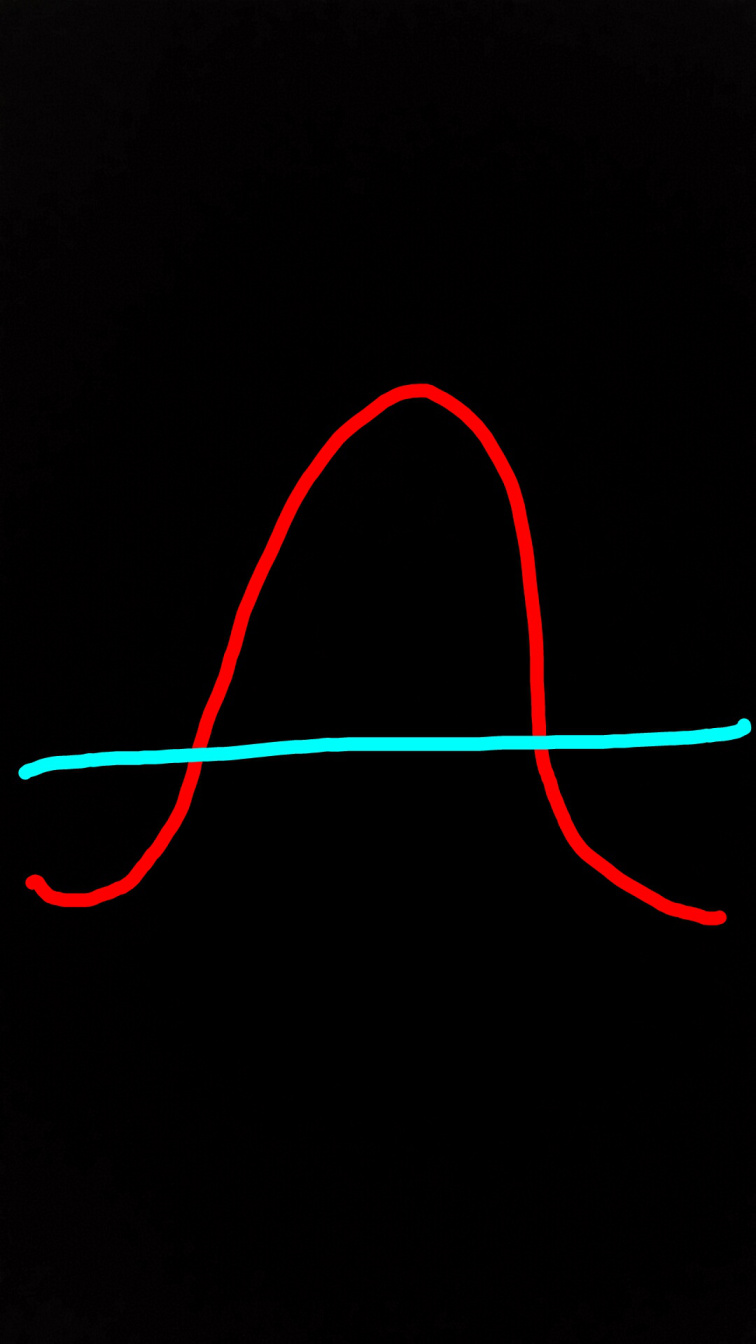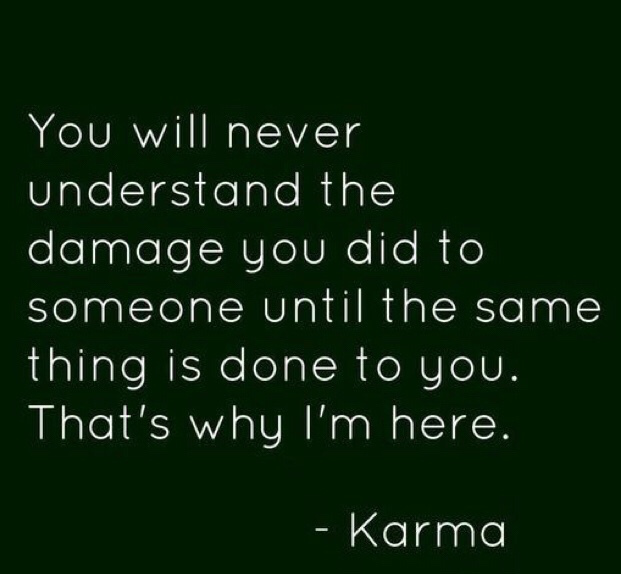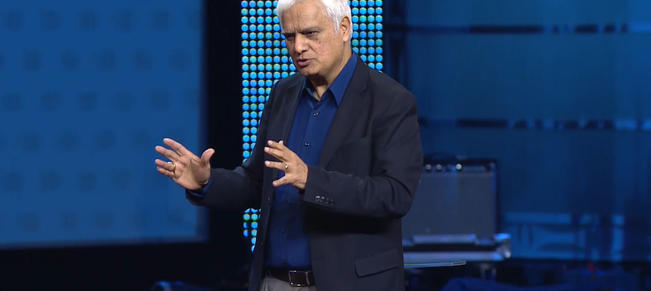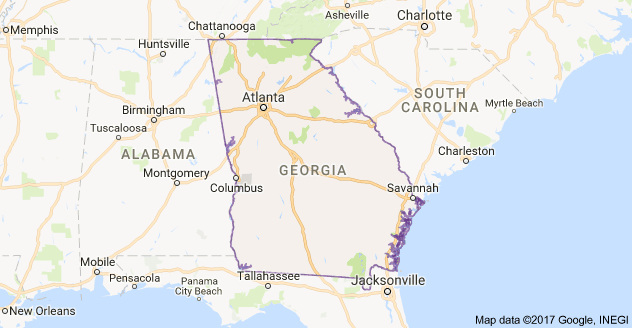 World Crime Atlas: Georgia, USA.
World Crime Atlas: Georgia, USA.
World Crime Atlas is my retirement project to read a crime novel set in every country in The Times Atlas of the World, concentrating on the sense of place created by the author.
 Darktown, by Thomas Mullen.
Darktown, by Thomas Mullen.
Publisher’s Blurb: On one side of the tracks are rich, white neighbourhoods; on the other, Darktown, the African-American area guarded by the city’s first black police force of just eight men. These cops are kept near-powerless by the authorities – most of all, they can’t arrest white suspects.
When a poor black woman is killed in Darktown having been last seen with a rich white man, no one seems to care except for two black cops from vastly different backgrounds. Under pressure from all sides, they will risk their jobs, the trust of their community and even their own lives to investigate her death.
When and Where: Atlanta, 1948.
The cops: Atlanta Police Department Officers Lucius Boggs and Tommy Smith.
Sense Of Place: Mullen sets the scene early, with this description of the city in the first chapter: “Two parts Confederate racist to two parts Negro to one part something-that-doesn’t-quite-have-a-name-for-it-yet. Neither city nor country but some odd combination, a once sleepy railroad crossing that had exploded due to wartime need for matériel and the necessities of shipping it. Even after the war, all those factories and textile mills and rail yards were still churning, because normalcy had returned and Americans were desperate for new clothes and washing machines and automobiles, and the South was very good at providing cheap, nonunionized labor. So Atlanta continued to grow, the trains continued to disgorge new residents and the tenements grew more crowded and the moonshine continued to be driven down from the mountains and the streets spilled over with even more passion and schemes and brawls, because there on the Georgia piedmont something had been set loose that might never again be contained.”
This is the setting for a story that is saturated in racism; for a negro, even making eye contact with a white woman was a criminal offence. They called it “reckless eyeballing.” Atlanta is a city where streets change name for no better reason than because they move from a black to a white neighbourhood, and white residents do not want to share an address with their black fellow citizens.
Contrast Mullen’s picture of the city with his description, much later in the book, of the South’s natural abundance: “The thick overwhelming ripeness of the South, the sheer three-dimensionality, the way it grew everywhere and anywhere, vibrant and unstoppable. The beauty of the tulips in March and azaleas in April and the many-hued leaves of November. Even the suffocating humidity of a summer day like this.”
An uncontainable city, set in an unstoppable natural environment. Alongside the racism (even a ‘sympathetic’ white police officer considers the policy of exclusively black cops patrolling exclusively black neighbourhoods as “a better kind of segregation”) the heat and humidity are also an ever-present fact of life. There is a constant sense of storm, literal and metaphorically.
Verdict: this is a gripping, shocking tale that vividly portrays a place where all lives – white too, but especially black – are stifled and suffocated by the oppressive natural and social atmosphere. It is also a first-rate police procedural crime novel, with Officer Boggs in particular a fascinating character who is based on historical reality.
Advertisements Share this: